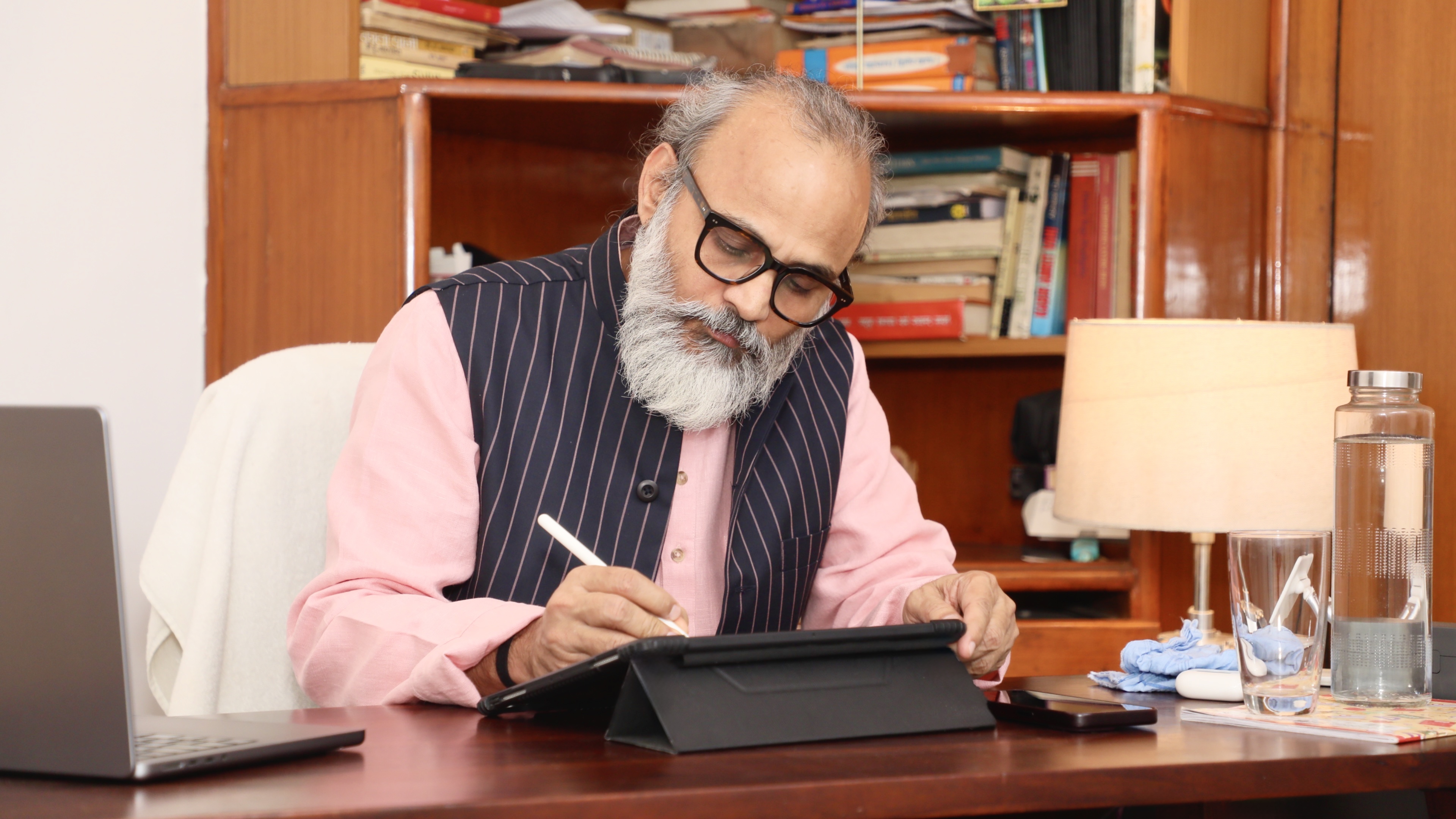
Breath & Rest: Key to Deep Sleep
11 months ago By Yogi AnoopBreath & Rest: Yogi Anoop’s Key to Deep Sleep
Disciple: Guruji, these days I struggle to sleep well at night. My body feels tired, but my mind remains restless. Is there a yogic method to achieve deep and restful sleep?
Yogi Anoop: Certainly. Deep sleep is not merely about resting the body; it is a profound experience of mental and spiritual restoration. It is a state where the dominance of the mind becomes completely null for a moment, and during this state, your motor and sensory organs fully relax. This state of stillness, where the sense of “I” momentarily dissolves, is where the body and mind regenerate.
Disciple: But Guruji, why has it become so difficult to achieve deep sleep in today’s times?
Yogi Anoop: The primary reason is the inability to naturally align oneself with modern lifestyle patterns. Turning night into day and day into night disrupts the natural rhythm. Excessive use of mobile phones or other devices late at night, irregular routines, and mental unrest are significant barriers to deep sleep. Moreover, there are several other factors contributing to this difficulty.
Disciple: Preparing for sleep? Could you elaborate on what that entails?
Yogi Anoop: Preparing for deep sleep is not limited to deciding a bedtime. It involves systematically calming and recharging the body and mind. This means allowing your muscles and mind to release the day’s fatigue and find balance.
Some people rely on intoxicants or alcohol to relax their muscles, but spiritually inclined individuals succeed in relieving muscle fatigue through deeper practices, thus eliminating the need for external aids and resolving sleep disturbances naturally.
Specific breathing practices (pranayama) are particularly effective for this. These practices calm your five sensory organs (eyes, ears, nose, tongue, skin) and five motor organs (hands, legs, speech, anus, genitals), thereby relieving them of accumulated stress.
The Importance of Ujjayi Pranayama
Disciple: Guruji, which pranayama practices can help achieve deep sleep?
Yogi Anoop: Ujjayi Pranayama plays a pivotal role in achieving deep sleep. It is one of the most effective practices in this context. This ancient technique reduces physical and mental stress, guiding fatigued muscles into a state of peace and deep relaxation.
Disciple: Guruji, how is Ujjayi Pranayama performed?
Yogi Anoop: The technique is simple yet profoundly impactful. Here is how you do it:
1-Inhalation (Pooraka): Breathe in slowly through your nose.
2-Exhalation (Rechaka): Exhale through your throat and mouth in a controlled manner.
This process focuses on the throat, tongue, and jaw muscles, which remain highly active throughout the day—whether you are speaking, eating, or even thinking silently. Ujjayi Pranayama provides deep relaxation to these overworked muscles.
Disciple: Guruji, I have heard that this pranayama involves a sound. Is that true?
Yogi Anoop: Absolutely. A subtle sound is generated in the throat during this practice. Although this sound differs from conventional Ujjayi Pranayama, it is performed at an extremely subtle volume, which makes it highly effective in calming the nervous system naturally. However, remember, this process should not be forceful. It must be done gently and naturally, ideally under the guidance of an experienced teacher.
How to Practice Ujjayi Pranayama
Disciple: Guruji, should this be done sitting or lying down? And how long should it be practiced?
Yogi Anoop: Through my experiments, I have found that practicing this while sitting at a 60-degree angle or reclining at a 30-degree angle yields the best results. This position not only relaxes the body but also quickly soothes the subtle muscles of the sensory organs without putting strain on the neck or back. Begin with 10–11 minutes daily.
This method is particularly beneficial for individuals suffering from headaches, digestive issues, or disrupted sleep.
Interestingly, 70% of sleep disturbances are caused by abdominal tension, while only 30% are due to an overactive mind. Ujjayi Pranayama addresses both these issues effectively.
Disciple: Guruji, does this practice show immediate results?
Yogi Anoop: Based on my experience, it shows noticeable effects from the very first night. Within a few days, 70–80% improvement can be observed. Additionally, digestion and bowel movements are also noticeably better in the morning. However, expecting 100% results on the first day is unrealistic.
Disciple: So, it’s a gradual process?
Yogi Anoop: Precisely. Achieving deep sleep and improving the internal functioning of your body is a gradual process. This practice slowly becomes a habit, and with regular practice, it rejuvenates your body and mind, filling them with new energy.
However, it is important to approach this practice with patience and understanding. Hastiness or incorrect methods can be harmful. Ujjayi Pranayama must be practiced with proper knowledge and consistent effort.
Disciple: Guruji, is this pranayama only for deep sleep, or does it have other benefits as well?
Yogi Anoop: Ujjayi Pranayama is not merely a tool for deep sleep. It also serves as a medium to establish balance between the mind and body. Regular practice allows you to experience not just physical relaxation but also profound mental peace. When practiced with seriousness and dedication, this pranayama not only improves your sleep but also brings balance and vitality to your life. It serves as a means of reconstructing your mind and body. Through yoga and Ujjayi Pranayama, this transformation is not just possible but sustainable.
Recent Blog
Copyright - by Yogi Anoop Academy
